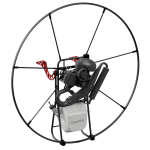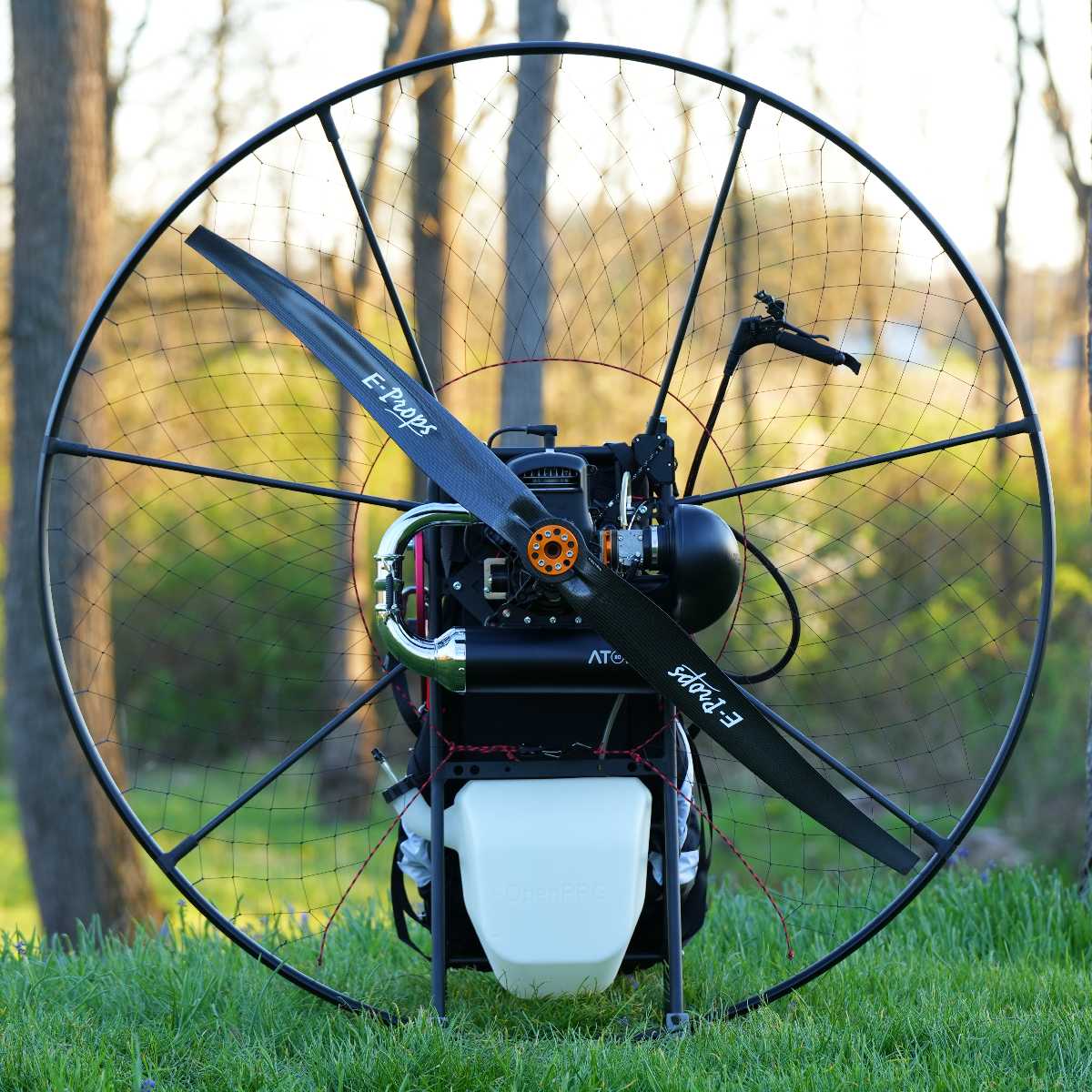Electric VS Gas Paramotors
The traditional two-stroke gasoline paramotor has peaked. Electric motors are here to stay.
Compare the OpenPPG SP140 Electric and SP140 ICE with top ICE paramotors.
| OpenPPG SP140 | Top 5 ICE PPGs source | OpenPPG ICE | |
|---|---|---|---|
| Price ready to fly | $7,320 | $7,850 | $5,335 – 5,855 |
| Thrust (lbs) | 165 | 150 | 150 |
| Cost per 100 hr* | $94 | $1,169 | $1169 |
| Flight time * | 1 hr | 2.5 hr | 2.5 hr |
| Weight (ready to fly) (lbs) | 55-78 (½ hr-1hr battery) | 74 | 55-68 |
Transport/Storage |
|
|
|
Safety/training |
|
|
|
Cleaner/ Green Energy |
|
|
|





